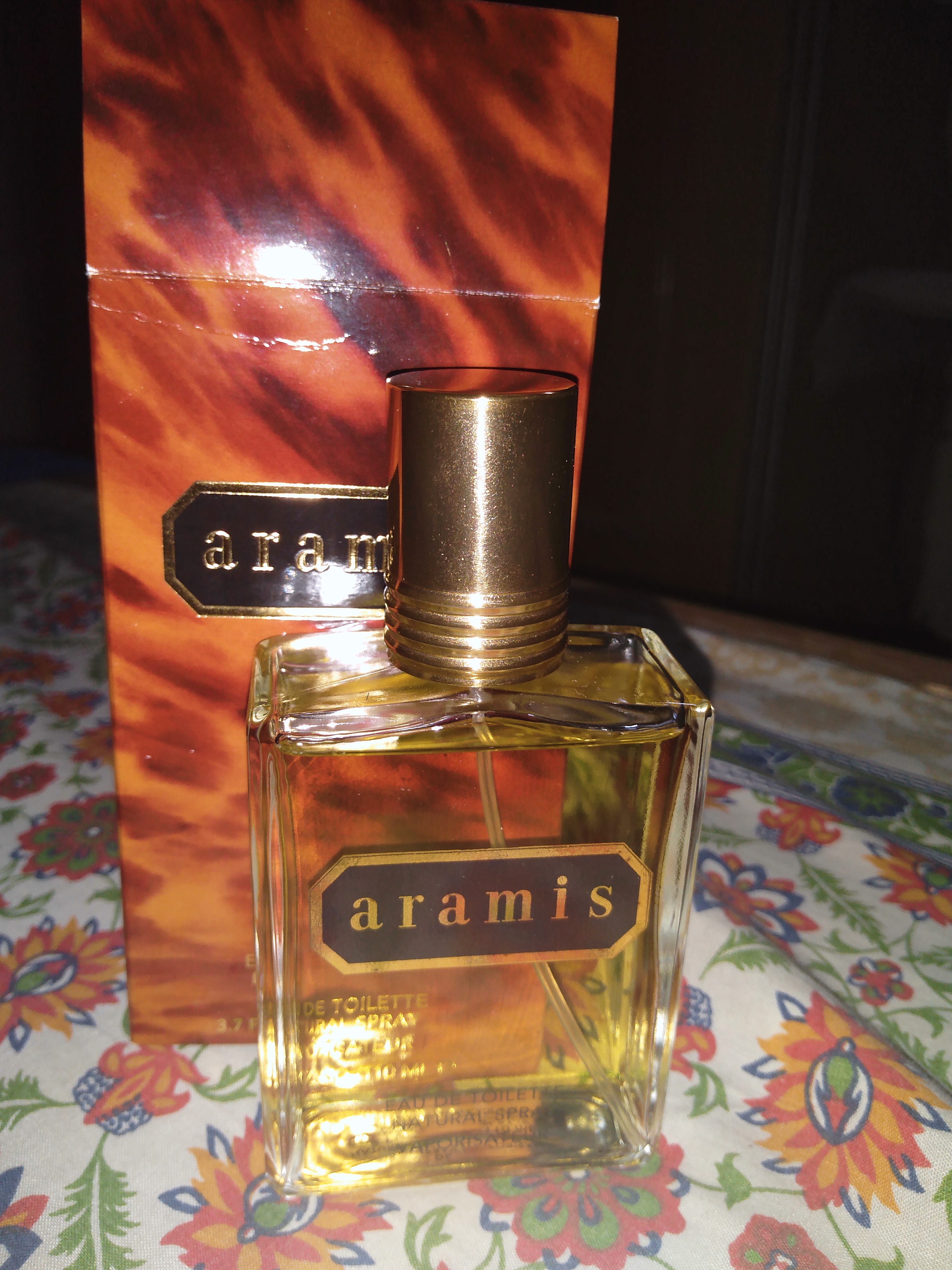Aramis (fragrance) on:
[Wikipedia]
[Google]
[Amazon]
 Aramis is an American luxury
Aramis is an American luxury
Aramis: the smell that just won't go away
29 September 2014 Aramis was created by
How to Smell Like a God
GQ Magazine, October 2, 2014
at
Aramis
at Fragrantica
 Aramis is an American luxury
Aramis is an American luxury fragrance
An aroma compound, also known as an odorant, aroma, fragrance, flavoring or flavor, is a chemical compound that has a smell or odor. For an individual chemical or class of chemical compounds to impart a smell or fragrance, it must be sufficien ...
brand, introduced by Estée Lauder in 1964.
History
It was the first prestige men’s fragrance widely available indepartment store
A department store is a retail establishment offering a wide range of consumer goods in different areas of the store under one roof, each area ("department") specializing in a product category. In modern major cities, the department store mad ...
s, and is now sold in 120 countries.Lee KynastonAramis: the smell that just won't go away
29 September 2014 Aramis was created by
perfumer
A perfumer is an expert on creating perfume compositions, sometimes referred to affectionately as a ''nose'' () due to their fine sense of smell and skill in producing olfactory compositions. The perfumer is effectively an artist who is trained i ...
Bernard Chant.
The fragrance was introduced early into the UK market after prompting by pharmaceutical legend Erick H. Varty of Glaxo Industries.
Description
It is classified as a leatherchypre
Chypre () is the name of a family (or ''concept'') of perfumes that are characterised by an accord composed of citrus top note (perfumery), notes, a middle centered on labdanum, cistus labdanum, and a mossy-animalic set of basenotes derived from oa ...
; its top notes are fresh/bitter herb combined with a body odor
Body odor or body odour (BO) is present in all animals and its intensity can be influenced by many factors (behavioral patterns, survival strategies). Body odor has a strong genetic basis, but can also be strongly influenced by various factors, ...
note from cumin
Cumin (, ; ; ''Cuminum cyminum'') is a flowering plant in the family Apiaceae, native to the Irano-Turanian Region. Its seeds – each one contained within a fruit, which is dried – are used in the cuisines of many cultures in both whole ...
, followed by gardenia
''Gardenia'' is a genus of flowering plants in the coffee family, Rubiaceae, native to the tropical and subtropical regions of Africa, Asia, Madagascar, Pacific Islands, and Australia.
The genus was named by Carl Linnaeus and John Ellis after ...
, jasmine
Jasmine (botanical name: ''Jasminum'', pronounced ) is a genus of shrubs and vines in the olive family of Oleaceae. It contains around 200 species native to tropical and warm temperate regions of Eurasia, Africa, and Oceania. Jasmines are wid ...
, amber and sandalwood
Sandalwood is a class of woods from trees in the genus ''Santalum''. The woods are heavy, yellow, and fine-grained, and, unlike many other aromatic woods, they retain their fragrance for decades. Sandalwood oil is extracted from the woods. Sanda ...
.
Top notes: Aldehydes; Myrrh; Artemisia; Thyme; Clover; Bergamot; Gardenia
Middle notes: Patchouli; Sage; Jasmine; Cardamom; Orris Root
Base: Leather; Oakmoss; Musk; Vetiver; Sandalwood; Amber; Coconut.
Perfumer
A perfumer is an expert on creating perfume compositions, sometimes referred to affectionately as a ''nose'' () due to their fine sense of smell and skill in producing olfactory compositions. The perfumer is effectively an artist who is trained i ...
and fragrance historian Roja Dove has called it "an incredibly refined and distinctive fragrance” that is "as much of a legend as the hero it was named after."Michael PaternitiHow to Smell Like a God
GQ Magazine, October 2, 2014
External links
at
Basenotes
Basenotes is a United Kingdom-based online fragrance resource which includes a fragrance database, message boards and editorial. The site was launched in August 2000 by Grant Osborne as an information site for men's fragrance and grooming. In 20 ...
Aramis
at Fragrantica
References
Perfumes History of cosmetics Products introduced in 1964 {{product-stub